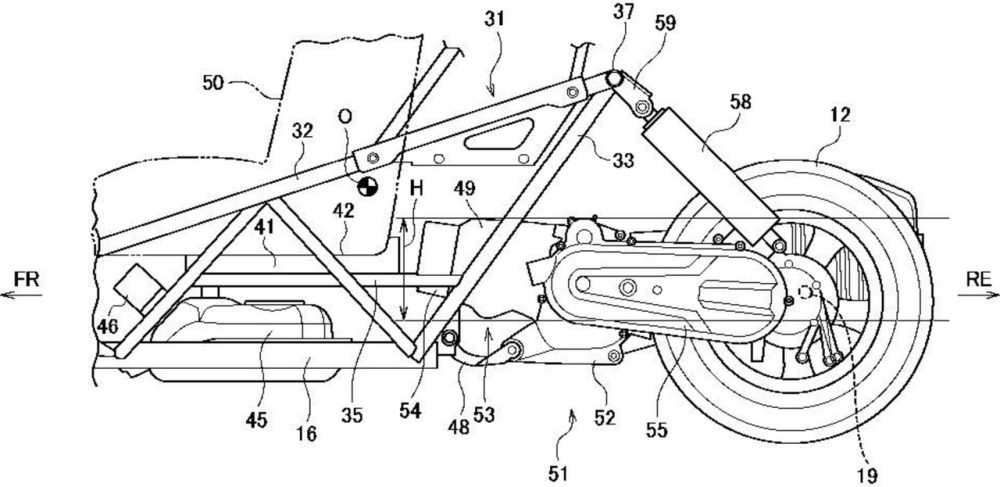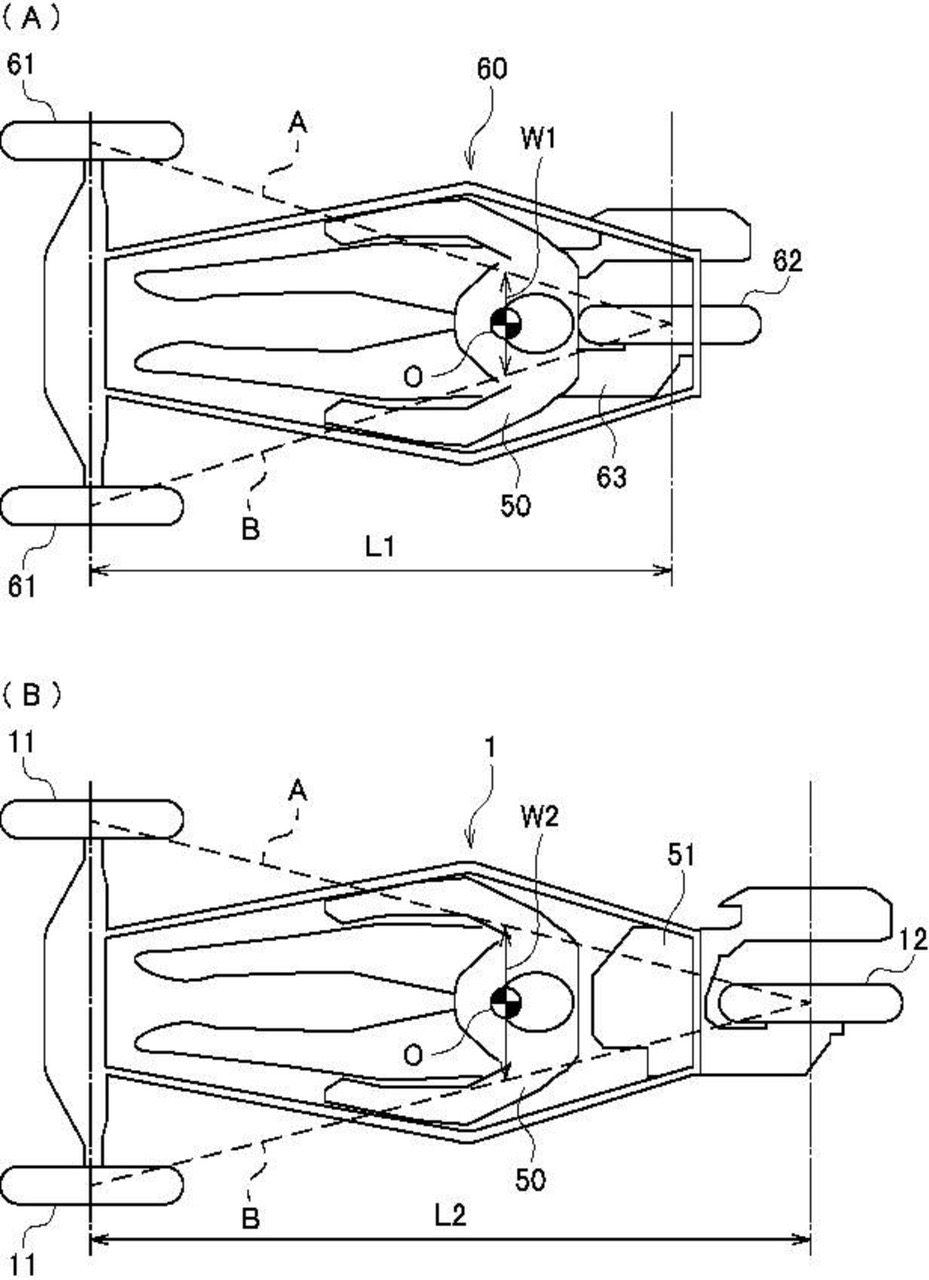Over the last decade tilting trikes have established a small but significant niche in the market with Piaggio’s MP3 leading the way and rivals following from firms including Yamaha, Peugeot, Kymco and Qooder. Now Suzuki is looking at the same idea but with a very different approach – adopting a much lower-slung design with a car-style seating position.

New patent applications from Suzuki show how the bike’s constructed. Like most of its rivals, the powertrain is straight from a scooter, with the engine and its CVT transmission built into the swingarm to take up a minimal amount of space. However, instead of sitting above the engine, the rider sits low down in front of it with the fuel tank directly under the seat.

The design means that it’s essentially impossible for the bike to topple over or for the rider to fall off. The low centre of gravity and wide-set front wheels means that it naturally returns to an upright position, so there isn’t even the need for a stand or a locking mechanism for the tilting front suspension when the bike is parked. Nor do you ever have to put a foot down, which is handy, as it would be all but impossible to do so from the rider’s seat.

While the seating position is car-like, the controls are from a scooter, with handlebars rather than a steering wheel. The patent doesn’t show the throttle or brake, so it’s impossible to know whether they’re intended to be hand-operated or use car-style pedals – either would work.
The patent also doesn’t reveal a lot of detail of the front suspension and its tilting mechanism, but the documents is very clear that, unlike machines like the Can-Am Ryker and Spyder or the Polaris Slingshot, this three-wheeler is designed to lean into corners like a motorcycle.

Although a bit wider than a scooter, or even a more conventional tilting trike, it’s not hard to see how a machine like this could appeal to the sort of city commuter who’d like to use a bike but is put off by the safety aspect. It eliminates the possibility of falling over, while retaining the low-cost appeal of a two-wheeler.
Cost is central to the project, with the patent document making repeated references to minimising manufacturing expense. Given the scooter-based drivetrain, the machine is likely to be around the 125cc mark, but the same layout could easily be adapted for the powertrains from Suzuki’s larger-capacity scooters if needed.

Ben Purvis











